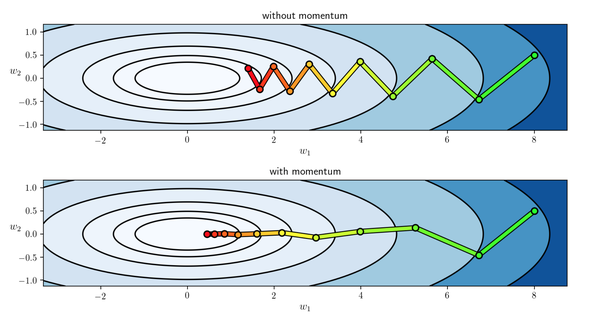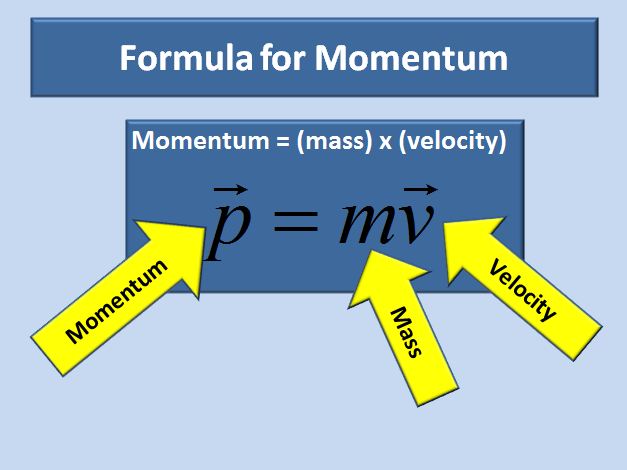

The other is that buying stocks with high enterprise value-to-sales ratios isn't generally a winner after a market regime change. One is that momentum doesn't typically comeback. So there are two factors working against those former red hot stocks. In contrast, low EV/sales stocks typically beat the market over the same time horizons irrespective of the revenue growth that is delivered. Similarly, buying stocks with the highest EV/sales ratios typically underperforms the S&P 500 during the following 1-, 3-, and 5-year periods, regardless of the sales growth that is actually delivered. Instead, low momentum, low valuation, and low growth are usually winning factors. However, once significant momentum drawdown occurs, the momentum factor is typically not associated with subsequent market leadership although the S&P 500 gains an average of 5% during the next six months. Fund managers argue that the broad sell-off in high expected growth stocks affected some firms that in their view did not merit a de-rating.

‘Indiscriminate selling’ is the phrase that most accurately captures the view of many investors regarding the momentum drawdown since early March. Robust Evidence on the Similarity of Sharpe Ratio and Drawdown-Based Hedge Fund Performance Rankings.

Volatility in momentum remains near its highs as of year-end 2020, which has historically indicated additional upside to value stocks.Account icon An icon in the shape of a person's head and shoulders. Performance Evaluation of Size, Book-to-Market and Momentum Portfolios. The value style outperformed the momentum style in the second half of 2020 by more than 10%. In June of 2020, volatility in the momentum style reached levels that have not been seen since the Great Financial Crisis. Then in 2016, momentum’s volatility again saw double digits and returned -9.6% over the year. Momentum returns were positive over the next 5 years (2010-2015), averaging a 6% return per year. Value continued to dominate momentum until volatility returned to its baseline in 2010. Just prior to this drawdown, momentum’s volatility increased to 28%, seven times higher than the median 4.05% over the 30-year period (Figure 1). For example, as markets began to recover from the Great Financial Crisis in 2009, momentum in the Russell 3000 universe saw a 48% drawdown. Historically, the momentum style (also called ‘trend following’) has worked well when trends persist but crashes when trends change. Past performance is not a guarantee of future results. It is not possible to invest directly in an index.

Indices are unmanaged, statistical composites and their returns do not include payment of any sales charges or fees an investor would pay to purchase the securities they represent. Source: S&P Global Market Intelligence Quantamental Research. Style Outperformance Coupled with Momentum Volatility (Russell 3000) Current volatility remains at high levels, not seen since the Great Financial Crisis.įigure 1. Investors should monitor how the volatility of momentum evolves as value stocks have historically led until the volatility of returns to momentum returns to normal.Volatility remains at elevated levels, indicating that the rotation may continue until momentum again resumes its leadership.Value outperformed momentum over the same time. The volatility associated with momentum began to climb in June 2020, peaked in November, and has declined since.Value stocks have historically outperformed momentum stocks when the volatility of returns to momentum is elevated, a previously documented relationship that has held globally. Cheap stocks (value stocks) earned a premium over stocks with high prior returns (momentum stocks) across the globe in the second half of 2020. By at least one indicator, the rotation from momentum to value which began last summer appears to be aging. Markets rotate between types of stocks when investment attributes fall in and out of favor.


 0 kommentar(er)
0 kommentar(er)
